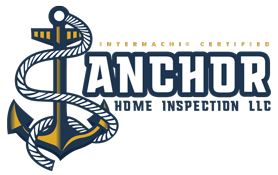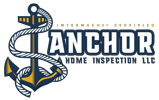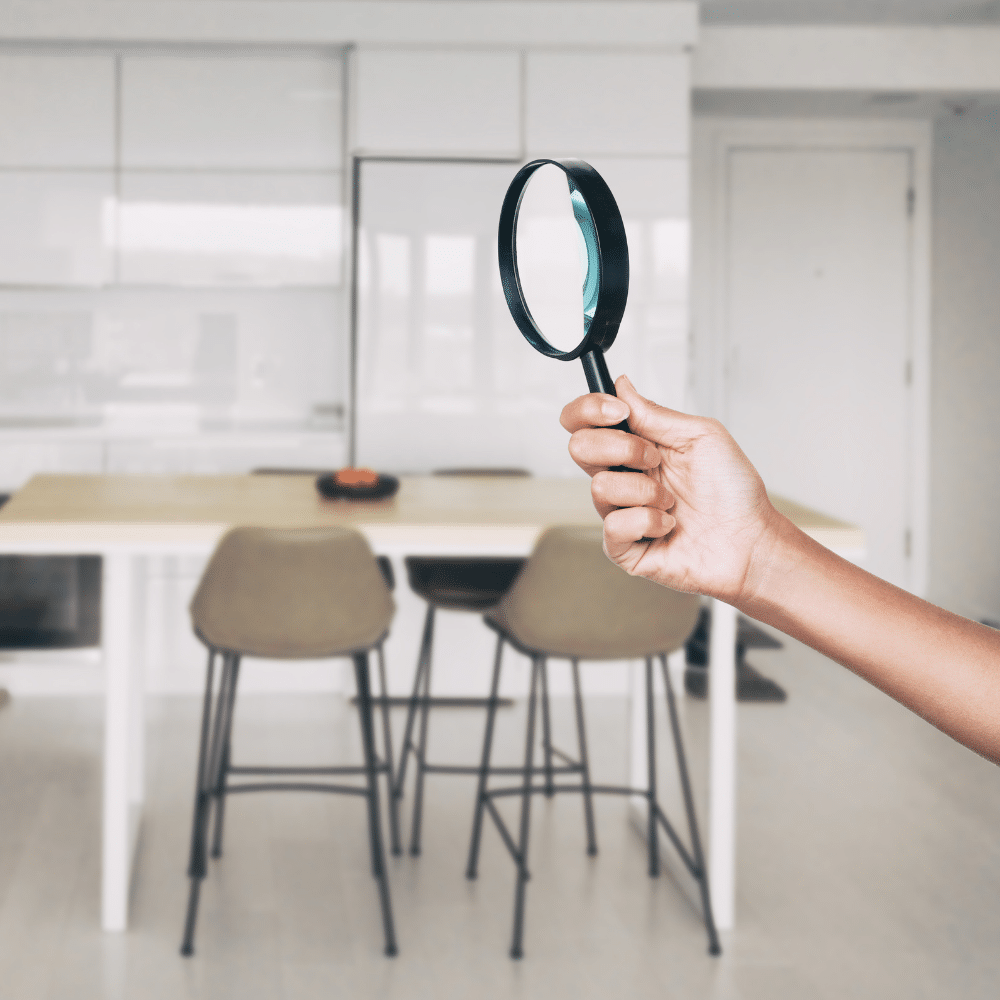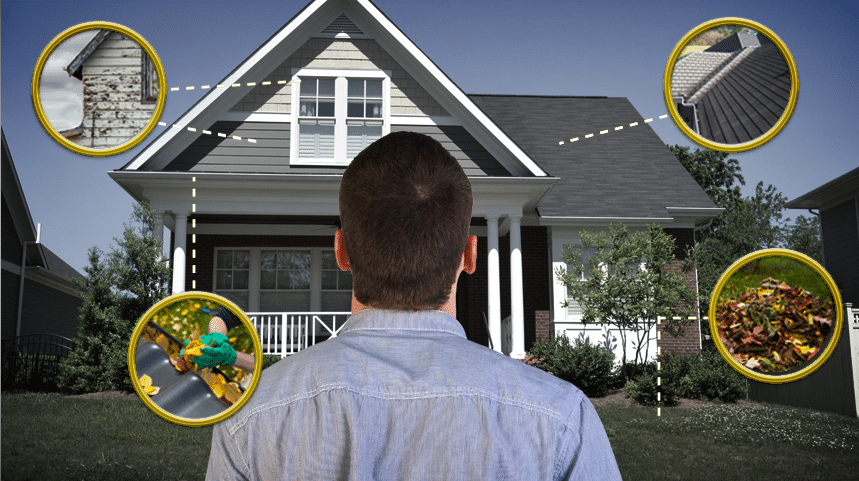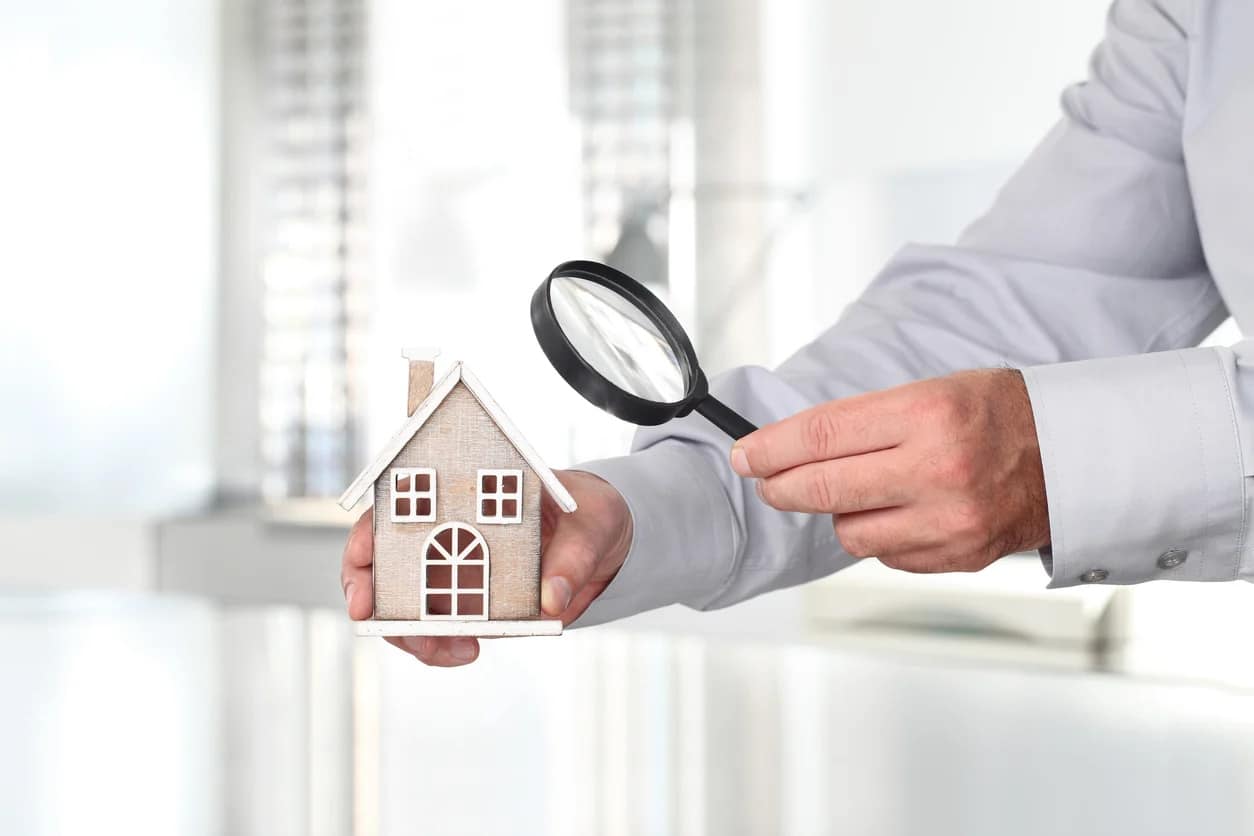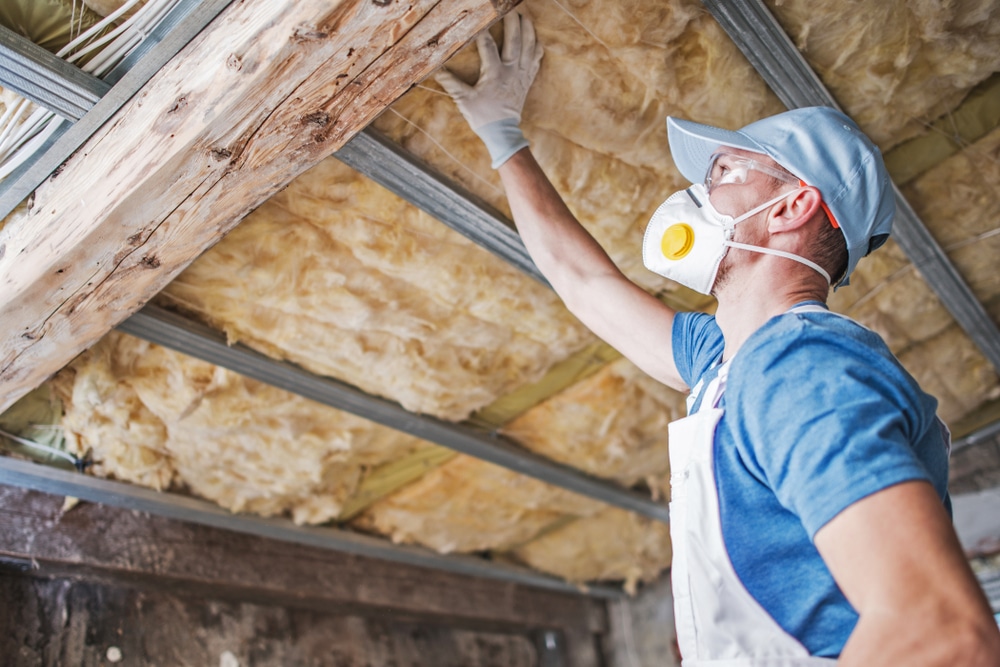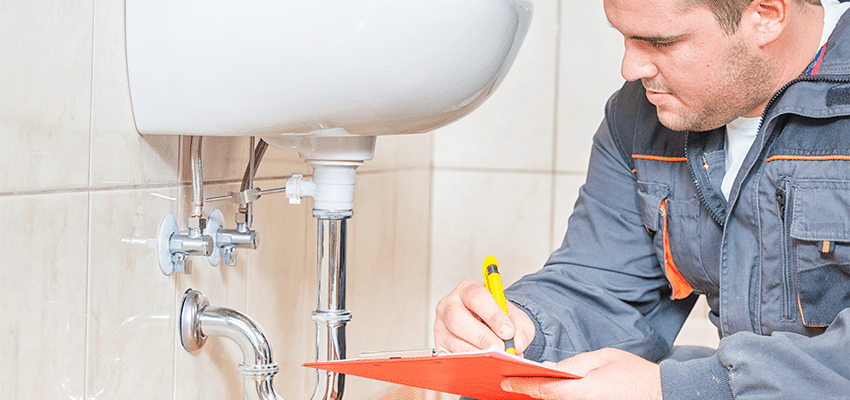Buying a home is a significant investment, and ensuring that it meets your expectations and standards is crucial. A thorough home evaluation through inspection is your key to uncovering potential issues and making an informed decision. In this blog, we provide you with a comprehensive inspection checklist, guiding you through the essential elements to consider for a meticulous evaluation of your future home.
-
Exterior Inspection: Beyond Curb Appeal
Start your evaluation by examining the exterior of the home. Look for signs of wear and tear on the roof, siding, and foundation. Check for proper drainage, inspect the landscaping, and assess the condition of the driveway and walkways. The exterior sets the stage for what lies within, so attention to detail is paramount.
-
Roof and Attic Examination: Overhead Insights
Ascend to the roof to assess its condition, checking for missing shingles, signs of damage, or potential leaks. Venture into the attic to inspect insulation, ventilation, and signs of water damage. A healthy roof and attic are crucial for protecting the integrity of the entire home.
-
Structural Integrity: A Solid Foundation
Delve into the structural integrity of the home by examining the foundation, walls, and ceilings. Look for cracks, unevenness, or signs of settling. A robust foundation is the backbone of a secure and long-lasting home.
-
Plumbing System: Ensuring Water Works
Inspect the plumbing system thoroughly. Check for leaks, water pressure issues, and assess the condition of pipes and fixtures. Ensuring a sound plumbing system is vital for both your comfort and the longevity of the home.
-
Electrical Systems Check: A Safe Power Play
Examine the electrical systems to ensure they meet safety standards. Check the wiring, electrical panels, and outlets. An up-to-code electrical system is essential for your safety and the efficient functioning of appliances and devices.
-
HVAC Evaluation: Comfort in Every Season
Assess the heating, ventilation, and air conditioning (HVAC) systems. Check for proper functioning, clean filters, and assess the overall efficiency. A well-maintained HVAC system is essential for maintaining a comfortable and energy-efficient home.
-
Interior Spaces Inspection: Beyond Aesthetics
Enter each room with a keen eye for detail. Check for signs of water damage, assess the condition of walls, ceilings, and flooring. Open and close doors and windows to ensure smooth operation. A meticulous inspection of interior spaces reveals potential issues that may not be immediately apparent.
-
Kitchen and Appliances: The Heart of the Home
Evaluate the kitchen and its appliances. Check for proper functioning of the stove, oven, dishwasher, and other essential appliances. Inspect countertops, cabinets, and plumbing fixtures for any signs of wear or needed repairs.
-
Bathrooms: Functionality and Water Tightness
Assess the condition of bathrooms, checking for leaks, mold, and proper ventilation. Inspect plumbing fixtures, tiles, and the functionality of showers, bathtubs, and toilets. Ensuring a watertight and functional bathroom is crucial for a comfortable living experience.
-
Basement and Crawlspace Examination: Uncovering Hidden Issues
Descend into the basement or crawlspace to inspect for signs of moisture, water damage, or structural issues. These areas often reveal hidden problems that can impact the overall health of the home.
-
Pest Inspection: Guarding Against Unwanted Guests
Engage in a pest inspection to uncover any signs of infestation. Look for evidence of termites, rodents, or other pests that may compromise the structural integrity of the home.
-
Safety Check: Smoke Detectors, Carbon Monoxide, and More
Ensure the safety features of the home are in proper working order. Test smoke detectors, carbon monoxide detectors, and any other safety systems installed. Safety is paramount, and a thorough check provides peace of mind.
-
Documentation Review: Ensuring a Clear Record
Request and review any available documentation related to the home, including past inspections, renovations, and warranties. A comprehensive understanding of the home’s history can provide valuable insights into its condition.
-
Professional Inspection: The Expert’s Touch
Consider hiring a professional home inspector to conduct a thorough evaluation. Their expertise and experience can uncover nuances that may be overlooked during a self-guided inspection.
-
Negotiation and Resolution: Acting on Inspection Findings
Once the inspection is complete, use the findings to negotiate with the seller. Discuss necessary repairs, replacements, or potential concessions. A transparent and communicative approach ensures a fair resolution for both parties.
A meticulous inspection is your shield against unforeseen issues and a crucial step toward making an informed decision about your home purchase. By following this comprehensive checklist, you equip yourself with the tools to ensure a thorough home evaluation, paving the way for a confident and secure investment in your future home. Contact Anchor Home Inspection for a thorough evaluation. Our inspection checklist ensures a comprehensive assessment of your home.
